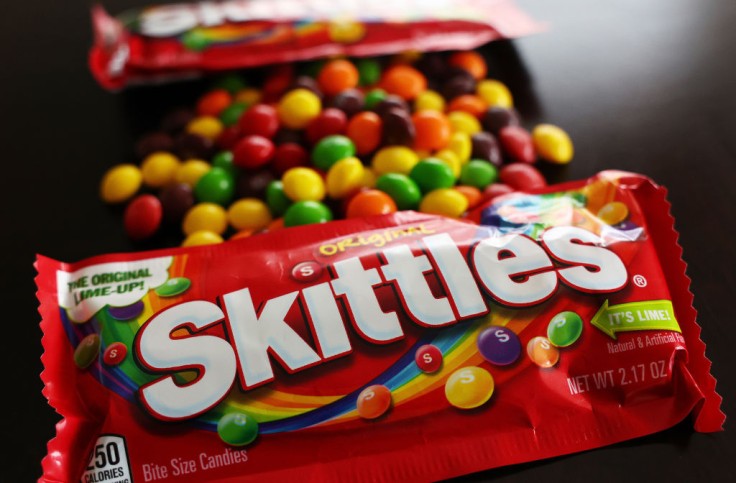
Amid rising concerns over the use of controversial ingredients in popular candies, Skittles finds itself in the eye of a storm in California.
While rumors of a so-called skittles ban gain momentum, a closer look at the new legislation reveals a different narrative.
Origin of the 'Skittles Ban' Rumors
The landscape of candy manufacturing in California might be on the brink of change. Democratic Assembly member Jesse Gabriel from Woodland Hills introduced Assembly Bill (AB) 418, targeting specific chemicals deemed harmful in processed foods.
An early version of this bill listed titanium dioxide, an ingredient present in Skittles. This initially led many to believe that Skittles, a beloved candy across America, would face a ban in California.
However, titanium dioxide was later exempted from the proposed list, leaving Skittles unaffected. Yet, the buzz about the "Skittles ban" persisted, overshadowing the primary focus: the prohibition of certain ingredients, including the contentious Red Dye No. 3.
Red Dye No. 3 has been under scrutiny for years, with many claiming it poses health risks.
As California seeks to eliminate the use of potentially harmful substances in processed foods, Red Dye No. 3 has found itself front and center in this legislative effort. The dye is present in a myriad of products, thereby implicating several brands that might have to reevaluate their recipes to align with California's evolving food safety norms.
While Skittles does not contain Red Dye No. 3, other popular products might not be as fortunate.
Brands containing this dye and the three other targeted ingredients might have to reformulate their products or face the daunting decision of pulling them off California's shelves.
Industry's Reaction to the Proposed Ban
Diving into this controversial issue, I reached out to Mars, the parent company of Skittles. Mars promptly directed the inquiry to the National Confectioners Association, a significant representative body in the candy industry, of which Mars is a prominent member.
The association presented a strong stance against AB418, emphasizing candy's historical safety and the rigorous safety standards adhered to by U.S. confectionery companies.
The statement from the association highlighted that candies have been enjoyed safely for centuries. They emphasized that AB418, especially the focus on Red Dye No. 3, does not have significant evidence to justify the ban.
The association also ensured that all their products, including Skittles, comply with the FDA's strict safety standards.
The Way Forward for Skittles, Others
Assembly member Jesse Gabriel clarified his position, stating that his overarching goal is not to implement a sweeping Skittles ban or anything of the sort, but to enhance the safety of popular snacks and candies for consumers.
He further explained that his objective is to encourage companies to make minor adjustments to their recipes to exclude potentially harmful chemicals.
He noted that in regions like the EU and the UK, many brands, such as Skittles, have already made changes to their ingredients, and he hopes for similar proactive modifications in the U.S.
Despite the ongoing "Skittles ban" rumors, Skittles remains unaffected by the current version of AB418. However, many other products, especially those containing Red Dye No. 3, might face challenges.
Fortunately, with the proposed legislation not taking effect until 2027, companies have ample time to reevaluate and adapt their recipes.
In the aftermath of this controversy, it's clear that while Skittles has escaped the brunt of California's legislation, the broader implications of the Red Dye No. 3 controversy will continue to shape the candy industry's future in the state.